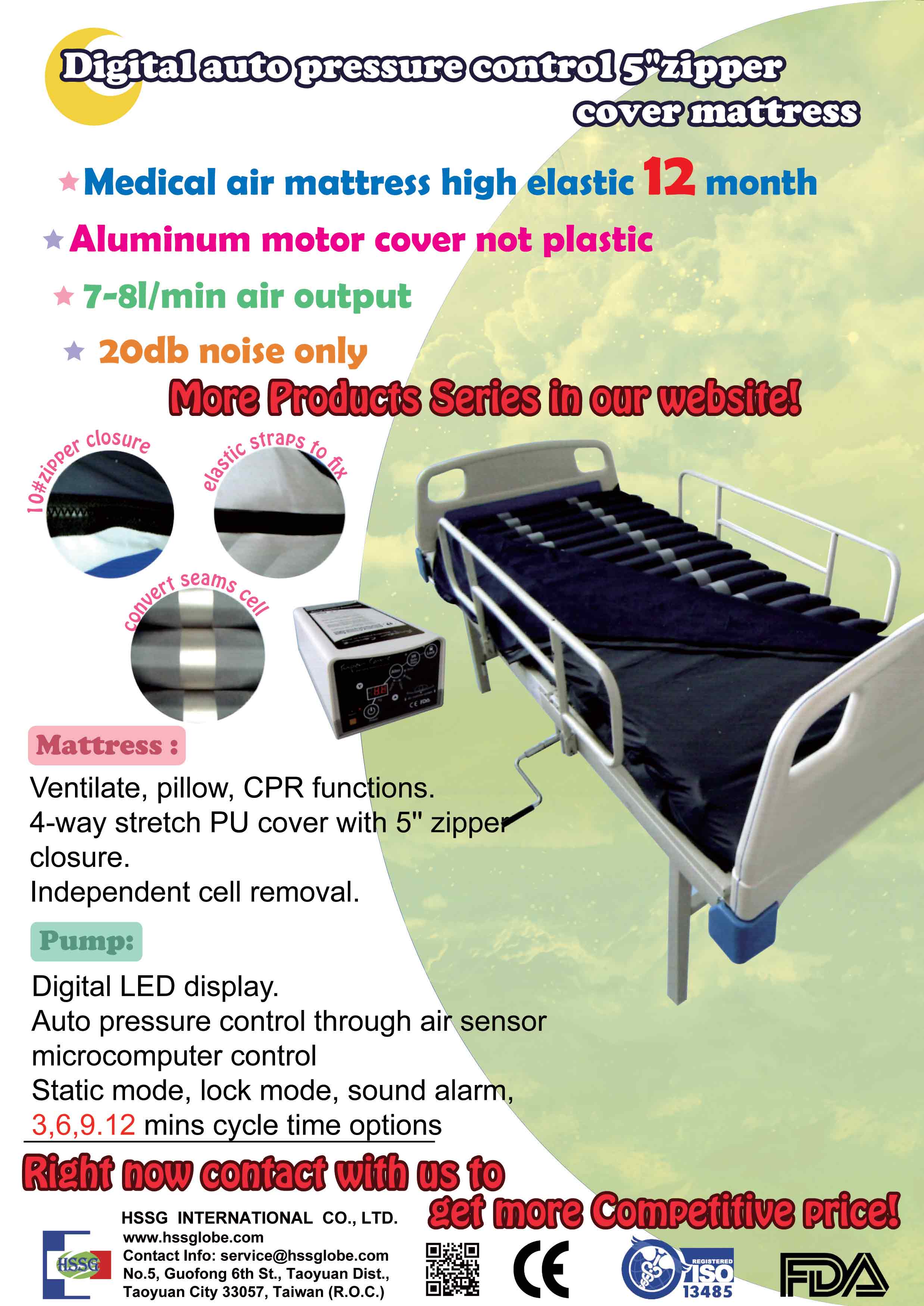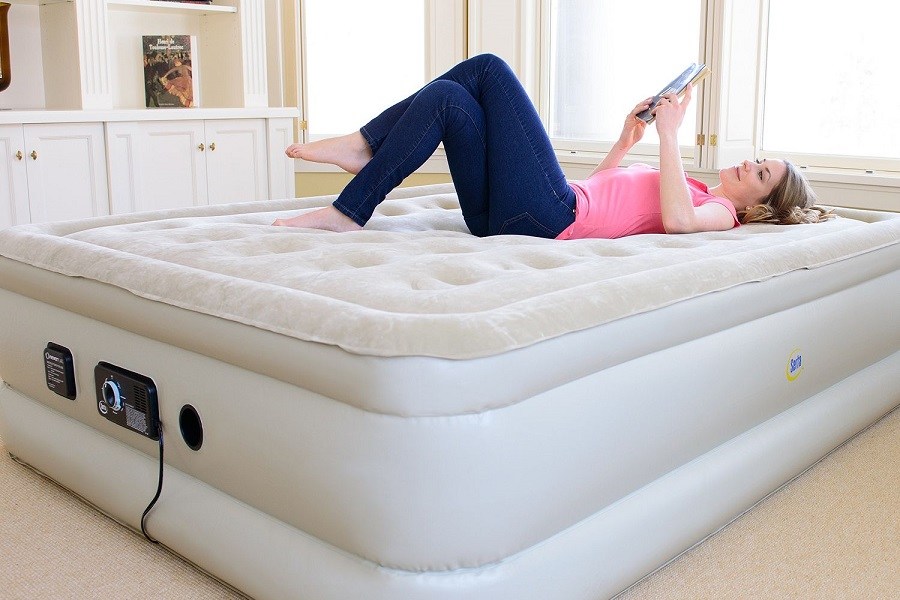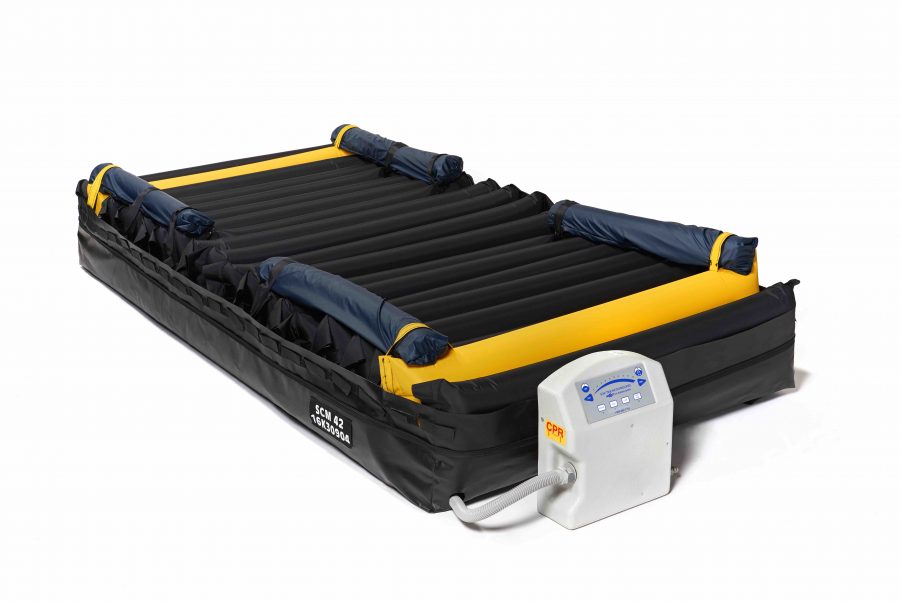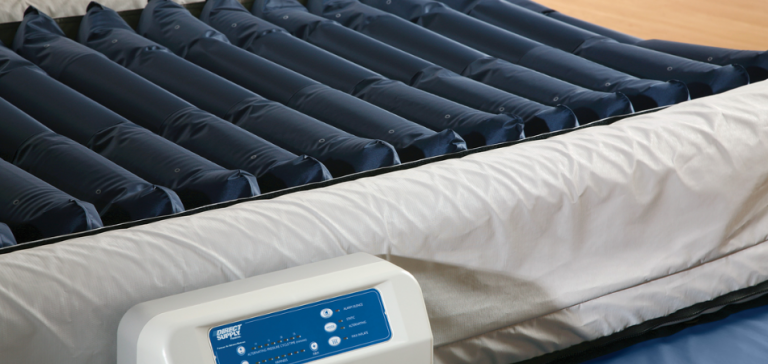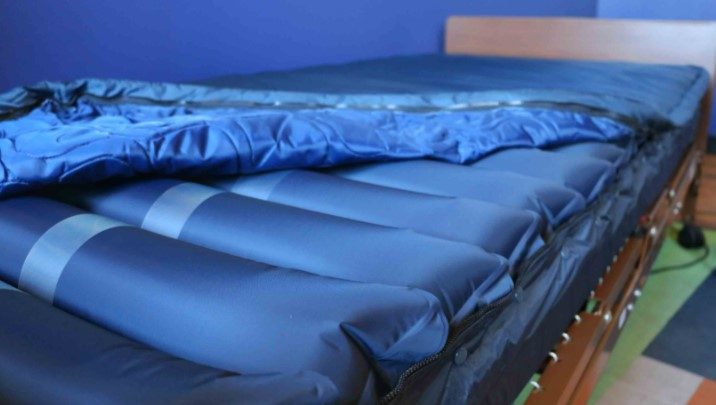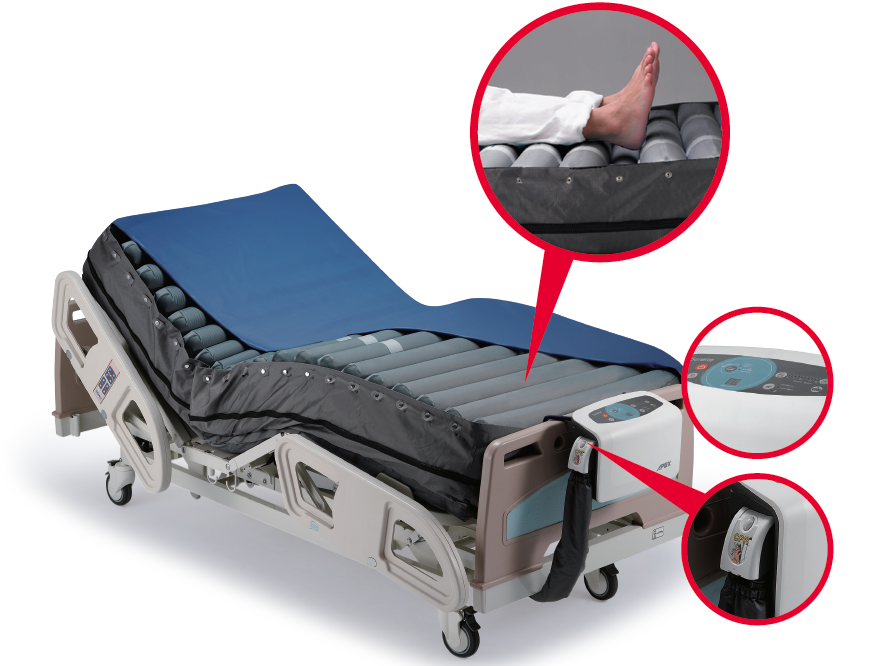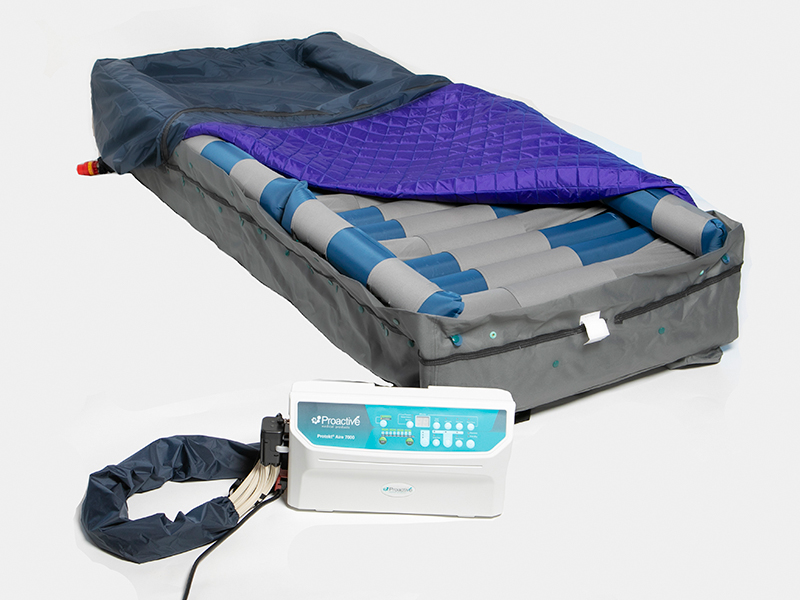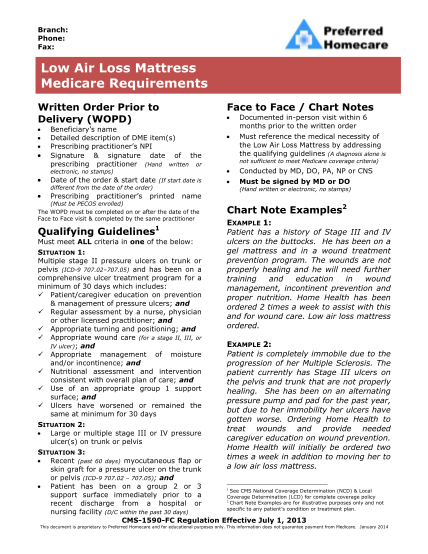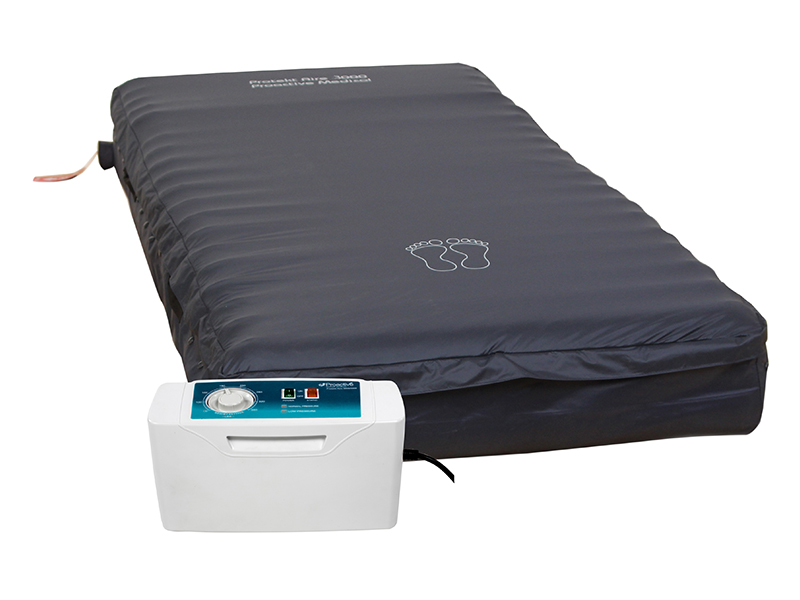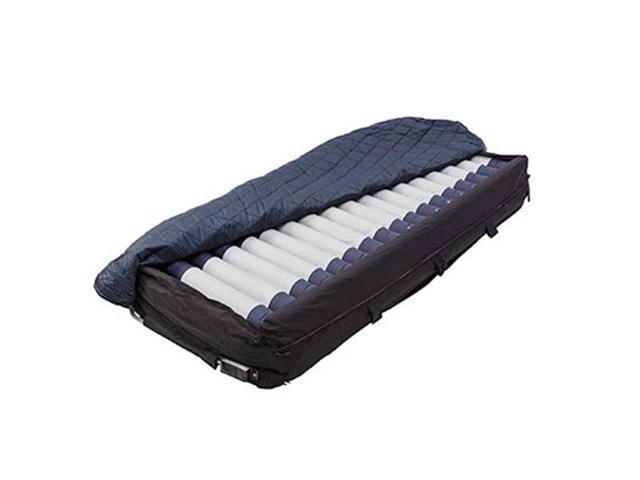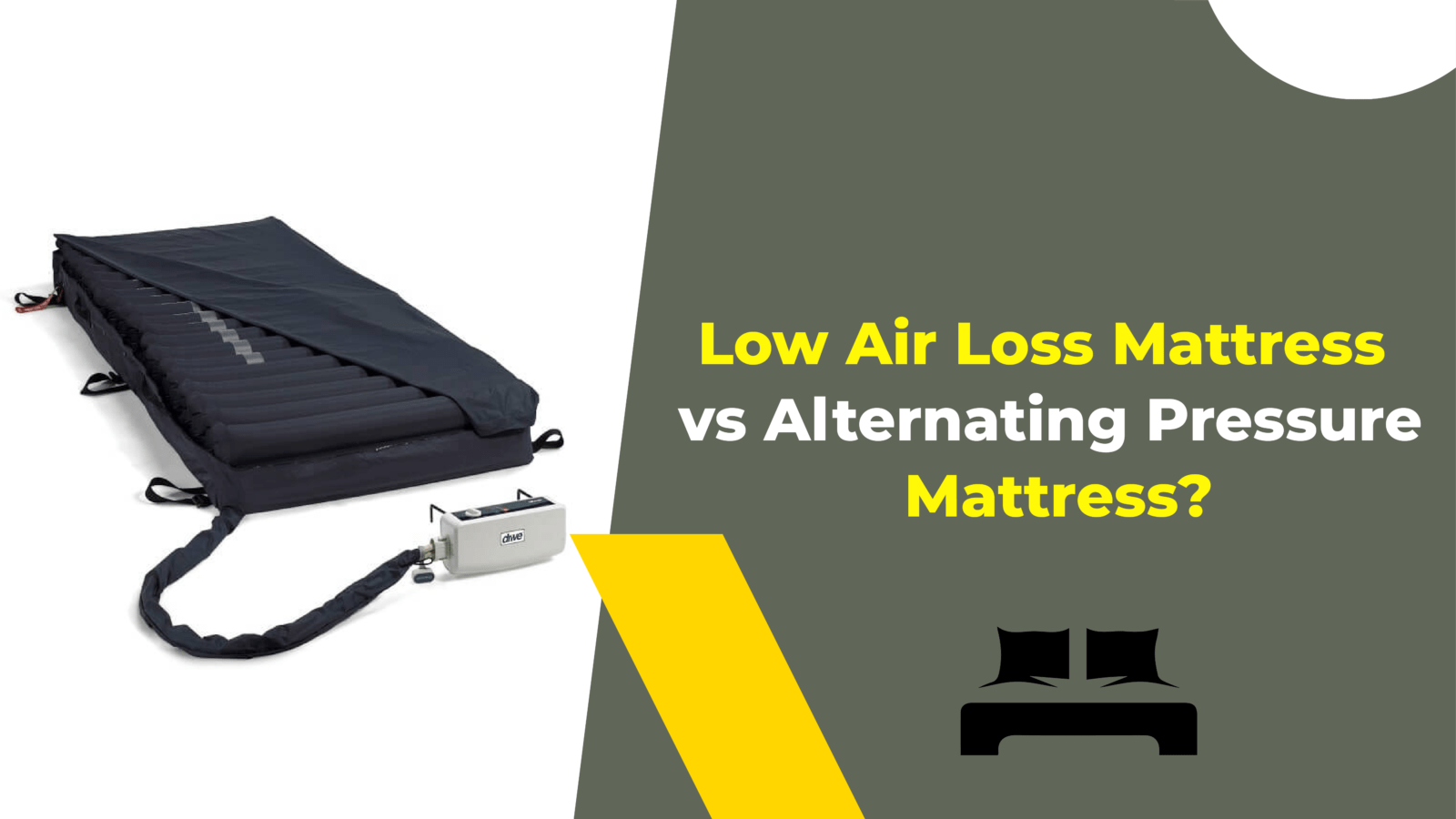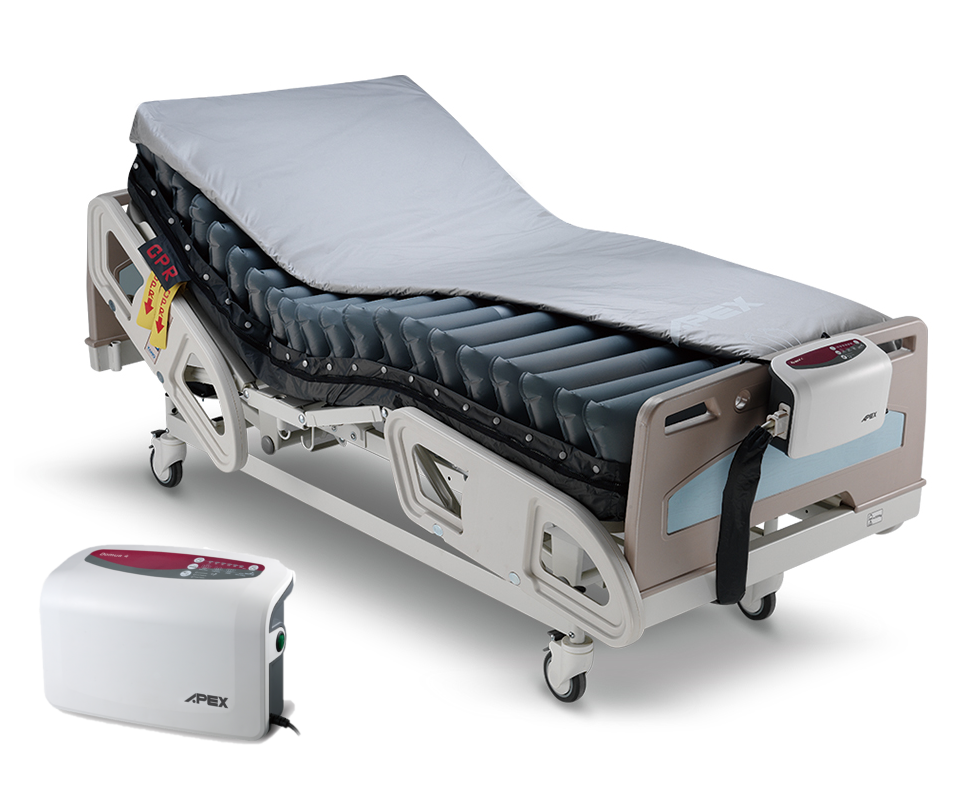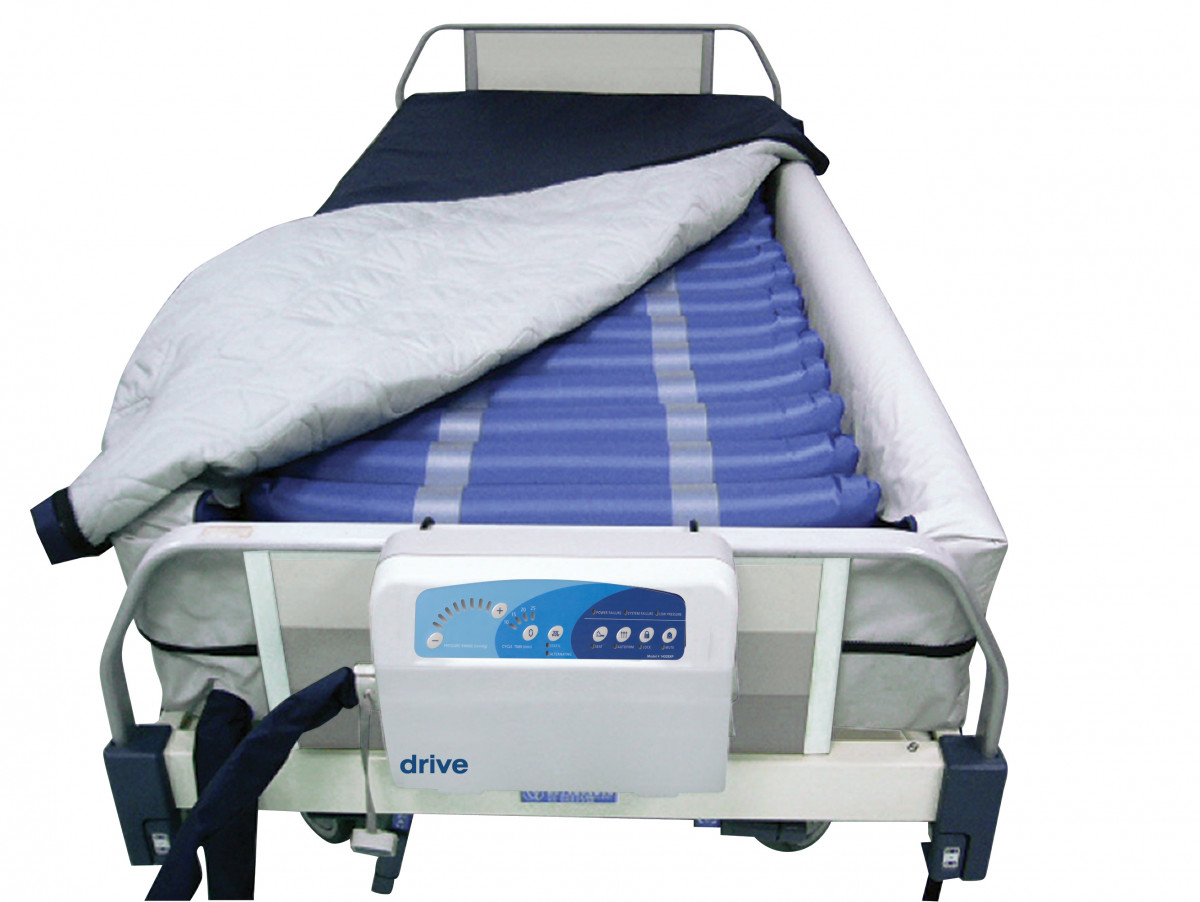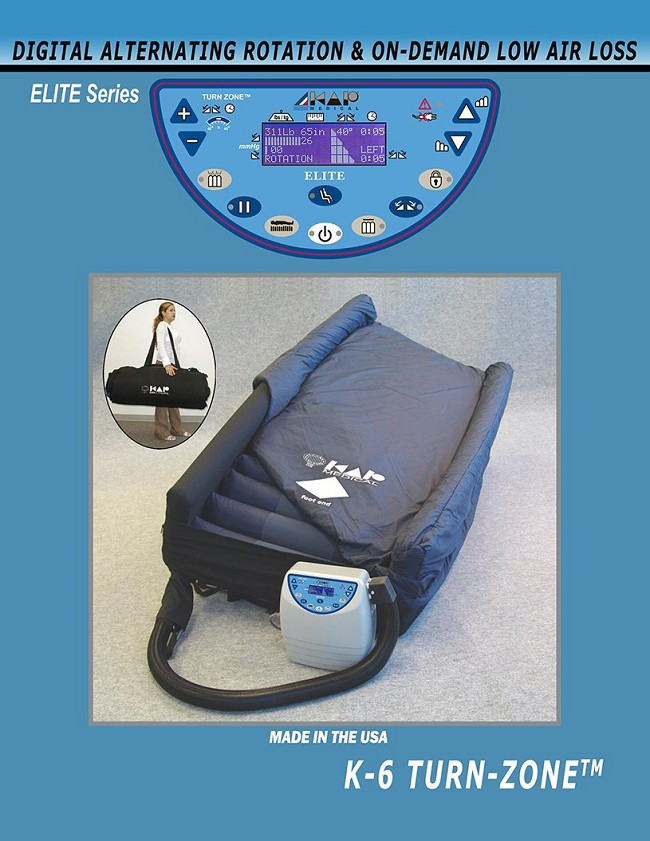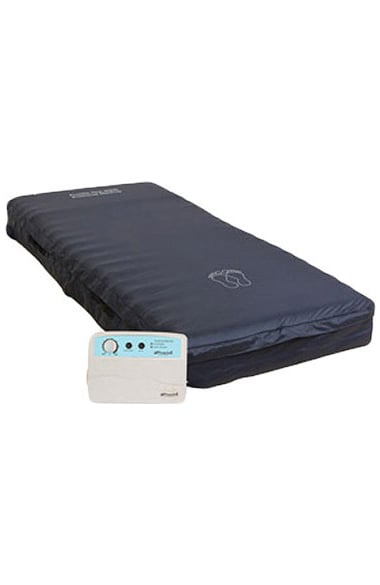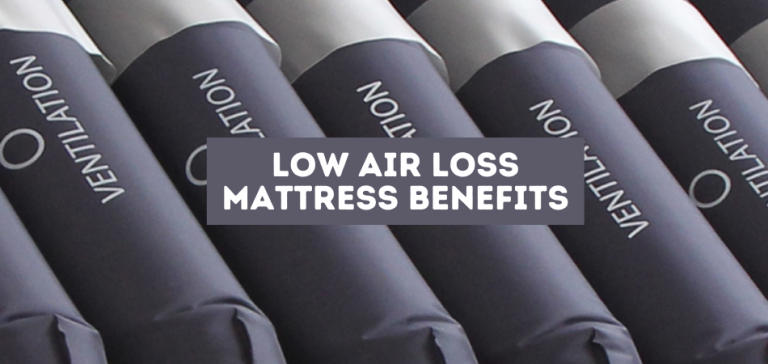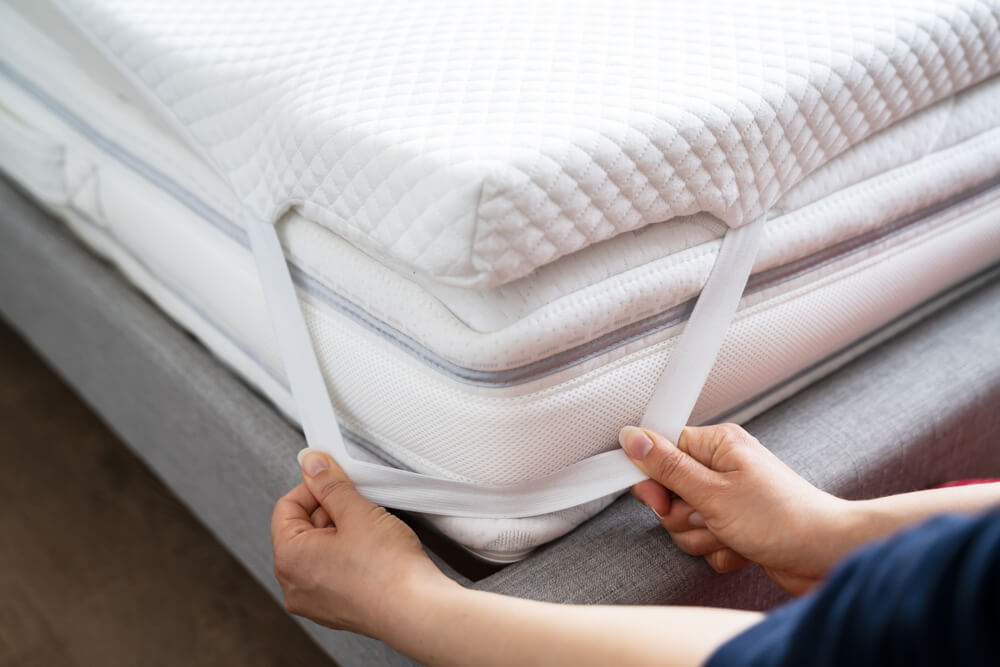Low Air Loss Mattresses: What You Need to Know
If you or a loved one are confined to a bed for extended periods of time, you may have heard of low air loss mattresses. These specialized mattresses use advanced technology to help prevent and treat pressure ulcers, also known as bedsores. In this article, we'll explore the benefits, features, types, and uses of low air loss mattresses to help you determine if they are the right choice for your needs.
Low Air Loss Mattresses: Benefits and Features
Low air loss mattresses offer a range of benefits for those who are bedridden or have limited mobility. The main feature of these mattresses is their ability to constantly adjust the air pressure, providing a gentle and therapeutic airflow. This helps to evenly distribute pressure on the body, reducing the risk of developing pressure ulcers. Additionally, low air loss mattresses are designed to keep the skin cool and dry, which can also help prevent skin breakdown.
Other features of low air loss mattresses include adjustable firmness levels, waterproof and breathable covers, and the ability to customize pressure settings to suit individual needs. Some models also come with built-in alarms to alert caregivers of any changes in air pressure or potential issues with the mattress.
Low Air Loss Mattresses: Types and Uses
There are two main types of low air loss mattresses: static and dynamic. Static low air loss mattresses have a fixed air pressure and are suitable for those with a higher risk of developing pressure ulcers. Dynamic low air loss mattresses, on the other hand, have adjustable air pressure and are recommended for those who already have existing pressure ulcers or are at a very high risk of developing them.
Low air loss mattresses are commonly used in hospitals, long-term care facilities, and home care settings. They are especially beneficial for individuals who are immobile or have limited mobility due to conditions such as paralysis, severe injuries, or advanced age. These mattresses can also be used as a preventative measure for those who spend a lot of time in bed, such as patients recovering from surgery or individuals with conditions that require prolonged bed rest.
Low Air Loss Mattresses: Top Brands and Reviews
When it comes to low air loss mattresses, there are several top brands to choose from, each with their own unique features and benefits. Some popular brands include Invacare, Drive Medical, and Span America. It's important to read reviews and compare models to find the best fit for your specific needs and budget. You can also ask for recommendations from healthcare professionals or individuals who have experience using low air loss mattresses.
Low Air Loss Mattresses: How They Work
Low air loss mattresses use a series of air-filled cells or compartments that are connected to a pump. The pump constantly adjusts the air pressure in these cells, creating a cushioning effect that helps to reduce pressure on the body. The airflow also helps to keep the skin cool and dry, preventing the build-up of moisture that can lead to skin breakdown. Some low air loss mattresses also have the option to alternate the air pressure in different sections of the mattress, providing additional relief to certain areas of the body.
Low Air Loss Mattresses: Comparison to Alternating Pressure Mattresses
Another type of specialized mattress commonly used to prevent and treat pressure ulcers is the alternating pressure mattress. Unlike low air loss mattresses which use a constant airflow, alternating pressure mattresses alternate the pressure between different air cells to redistribute pressure on the body. While both types of mattresses are effective in preventing pressure ulcers, low air loss mattresses are often preferred for their ability to provide a constant and gentle airflow, making them more suitable for long-term use.
Low Air Loss Mattresses: Maintenance and Care Tips
To ensure the longevity and effectiveness of your low air loss mattress, it's important to follow proper maintenance and care guidelines. These may include regularly checking the air pressure, cleaning the mattress and cover, and rotating the mattress to prevent wear and tear. It's also important to follow the manufacturer's instructions for proper use and to address any issues or malfunctions promptly.
Low Air Loss Mattresses: Medicare Coverage and Reimbursement
If you are covered by Medicare and require a low air loss mattress, you may be eligible for coverage and reimbursement. However, specific criteria must be met, and it's important to discuss your options with your healthcare provider and Medicare representative. In some cases, a doctor's prescription may be required, and the mattress must be purchased from a Medicare-approved supplier.
Low Air Loss Mattresses: Where to Buy and Price Range
Low air loss mattresses can be purchased from medical supply stores, online retailers, and some local healthcare facilities. The price range can vary depending on the brand, features, and type of mattress. While these mattresses may be more expensive than traditional mattresses, the benefits and potential cost savings in preventing and treating pressure ulcers make them a worthwhile investment.
Low Air Loss Mattresses: Frequently Asked Questions
1. Are low air loss mattresses suitable for all body types?
Yes, low air loss mattresses are designed to accommodate a range of body types and sizes. However, it's important to choose a mattress with the appropriate weight capacity to ensure optimal support and effectiveness.
2. Can low air loss mattresses be used in conjunction with other medical equipment?
Yes, low air loss mattresses can be used with hospital beds, bed rails, and other medical equipment. It's important to ensure that all equipment is compatible and properly set up to avoid any potential hazards.
3. How often should low air loss mattresses be replaced?
The lifespan of a low air loss mattress can vary depending on usage and maintenance. It's generally recommended to replace the mattress every 2-3 years or as needed, if there are any signs of wear and tear.
4. Are there any potential risks or side effects of using a low air loss mattress?
While low air loss mattresses are generally safe to use, there may be some rare instances where individuals may experience discomfort or skin irritation. It's important to consult with a healthcare professional if any issues arise.
5. Can I use a low air loss mattress for short-term use?
While low air loss mattresses are commonly used for long-term care, they can also be used for short-term use. They can be beneficial for individuals who are recovering from surgery or have conditions that require them to spend extended periods in bed.
Regardless of the type or brand, low air loss mattresses offer a valuable and effective solution for preventing and treating pressure ulcers. By understanding their features, benefits, and proper use and care, you can make an informed decision on whether a low air loss mattress is the right choice for you or your loved one.
The Benefits of Low Air Loss Mattresses for a Good Night's Sleep

Introduction
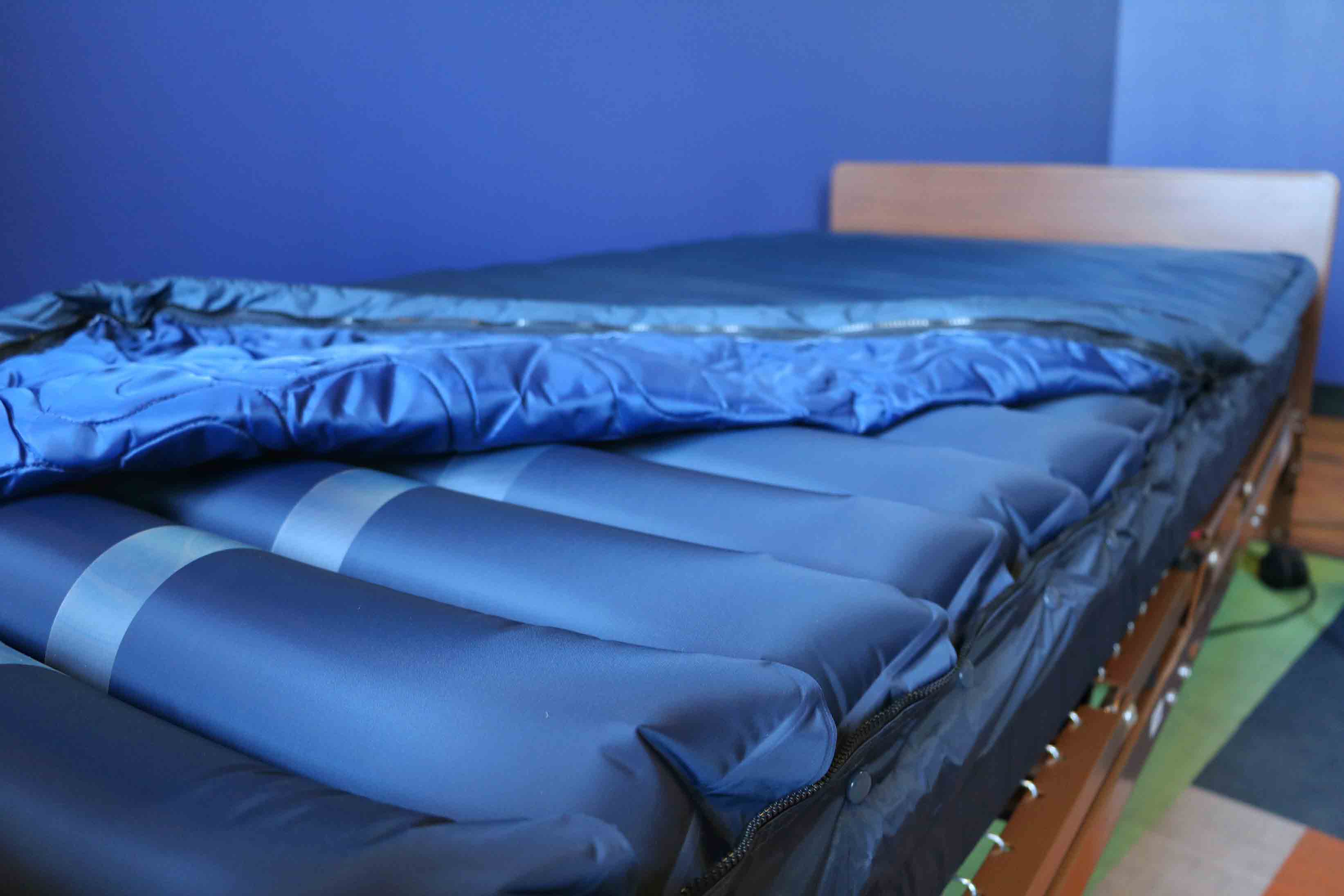 When it comes to designing a comfortable and functional bedroom, choosing the right mattress is crucial. This is especially important for individuals who suffer from chronic pain, pressure ulcers, or other medical conditions that require them to spend long periods of time in bed. Low air loss mattresses have gained popularity in recent years as an effective solution for promoting restful sleep and improving overall health and well-being. In this article, we will explore the benefits of low air loss mattresses and why they are becoming a popular choice for modern house design.
When it comes to designing a comfortable and functional bedroom, choosing the right mattress is crucial. This is especially important for individuals who suffer from chronic pain, pressure ulcers, or other medical conditions that require them to spend long periods of time in bed. Low air loss mattresses have gained popularity in recent years as an effective solution for promoting restful sleep and improving overall health and well-being. In this article, we will explore the benefits of low air loss mattresses and why they are becoming a popular choice for modern house design.
What are Low Air Loss Mattresses?
 Low air loss mattresses are designed with a special air-filled chamber system that helps to distribute the user's weight evenly across the surface of the mattress. This is achieved through tiny holes in the top layer of the mattress, which allow air to circulate and prevent the buildup of heat and moisture. This unique design not only promotes comfort but also helps to prevent the development of pressure ulcers and other skin issues caused by prolonged periods of lying in one position.
Low air loss mattresses are designed with a special air-filled chamber system that helps to distribute the user's weight evenly across the surface of the mattress. This is achieved through tiny holes in the top layer of the mattress, which allow air to circulate and prevent the buildup of heat and moisture. This unique design not only promotes comfort but also helps to prevent the development of pressure ulcers and other skin issues caused by prolonged periods of lying in one position.
Improved Sleep Quality
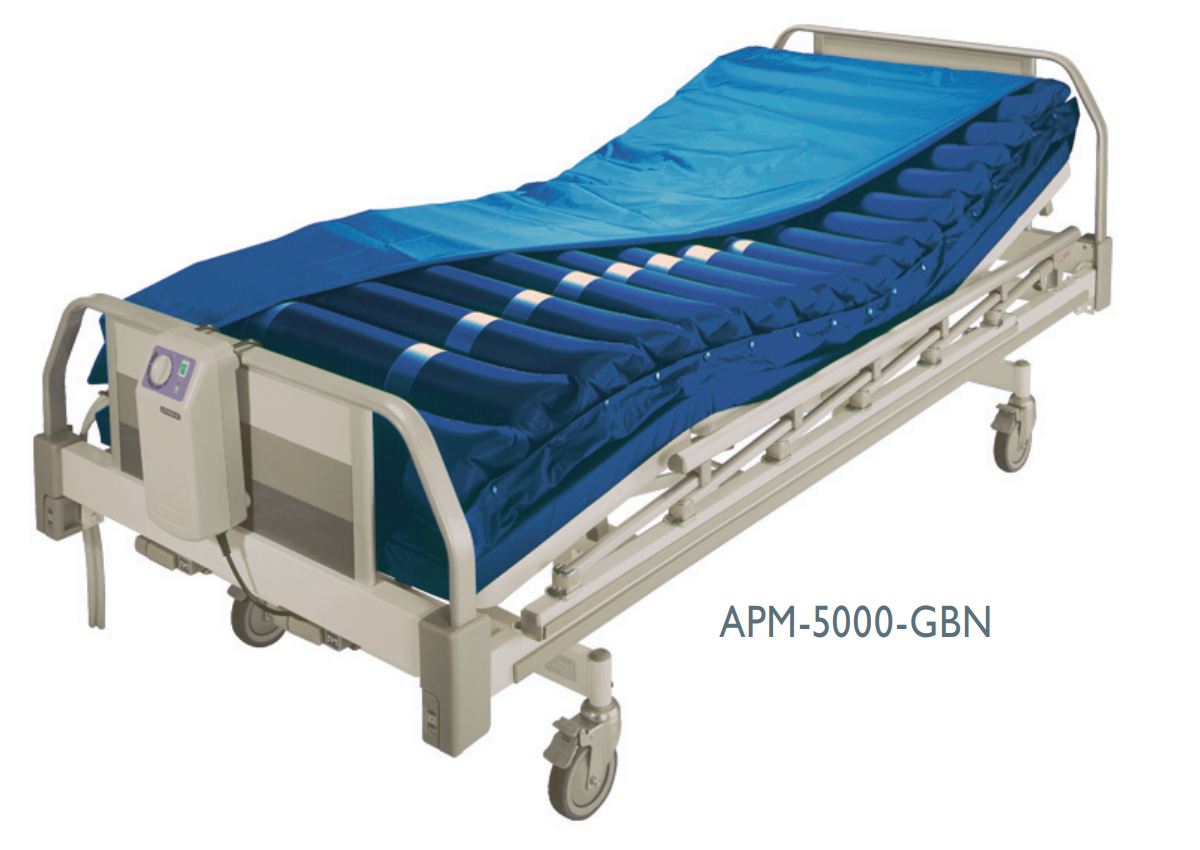 One of the main benefits of low air loss mattresses is their ability to promote a good night's sleep. The even distribution of weight and constant circulation of air helps to reduce pressure points and keep the body cool and dry. This not only leads to a more comfortable sleep experience but also helps to reduce the risk of developing bedsores and other skin irritations. Additionally, the adjustable pressure settings of low air loss mattresses allow users to customize the level of firmness to their individual needs, ensuring a personalized and comfortable sleep experience.
One of the main benefits of low air loss mattresses is their ability to promote a good night's sleep. The even distribution of weight and constant circulation of air helps to reduce pressure points and keep the body cool and dry. This not only leads to a more comfortable sleep experience but also helps to reduce the risk of developing bedsores and other skin irritations. Additionally, the adjustable pressure settings of low air loss mattresses allow users to customize the level of firmness to their individual needs, ensuring a personalized and comfortable sleep experience.
Health Benefits
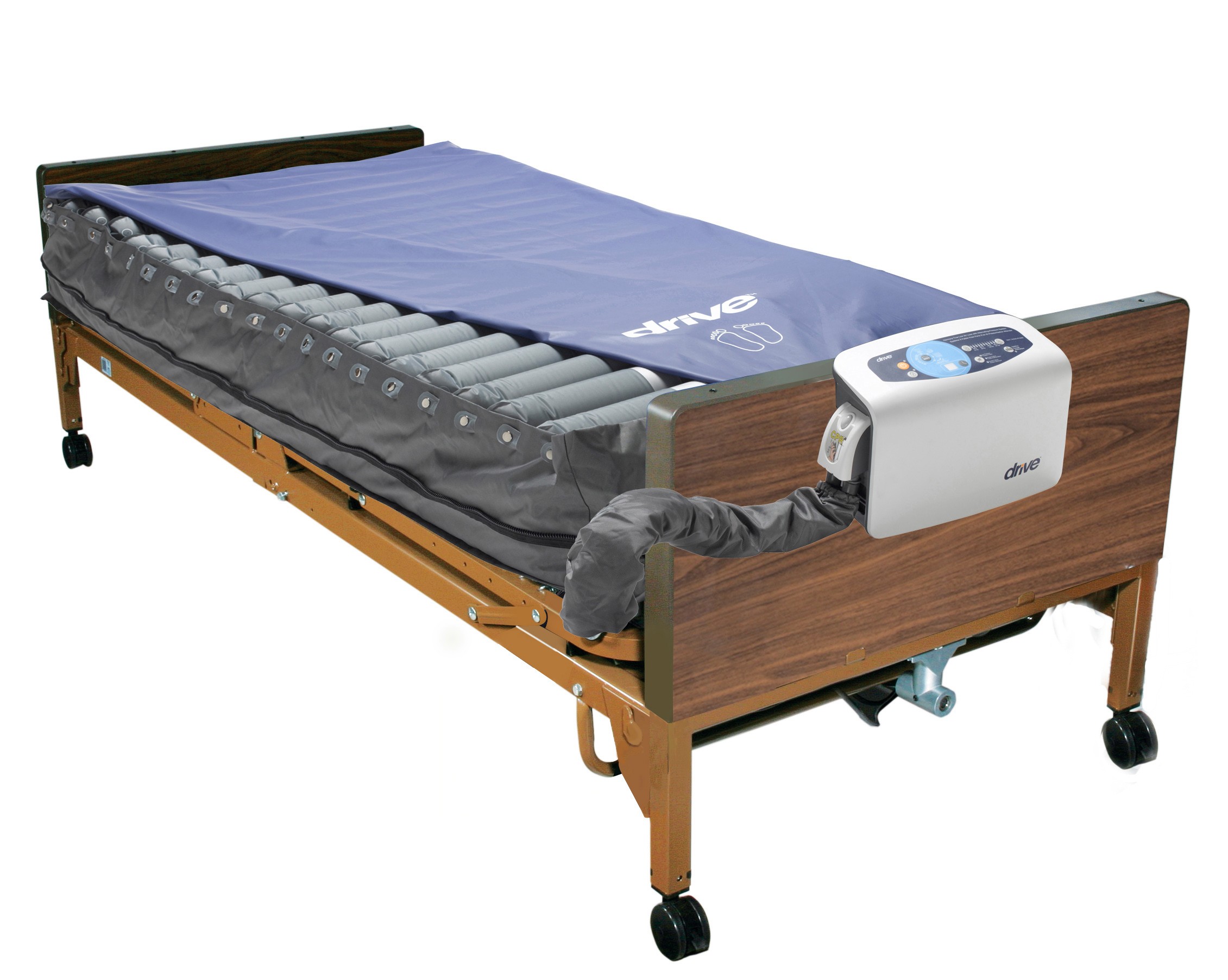 Apart from promoting better sleep, low air loss mattresses also offer a range of health benefits. For individuals with medical conditions such as chronic pain, arthritis, or spinal cord injuries, these mattresses can provide much-needed relief and support. The even weight distribution and pressure relief can also help to improve circulation and reduce the risk of developing pressure ulcers, which can be a serious concern for individuals who are bedridden or have limited mobility.
Apart from promoting better sleep, low air loss mattresses also offer a range of health benefits. For individuals with medical conditions such as chronic pain, arthritis, or spinal cord injuries, these mattresses can provide much-needed relief and support. The even weight distribution and pressure relief can also help to improve circulation and reduce the risk of developing pressure ulcers, which can be a serious concern for individuals who are bedridden or have limited mobility.
Conclusion
 Low air loss mattresses have revolutionized the way we think about sleep and house design. With their unique design and numerous health benefits, these mattresses offer a comfortable and effective solution for individuals with a variety of medical conditions. Whether you are looking to improve your sleep quality or alleviate pain and discomfort, a low air loss mattress may be the perfect addition to your bedroom. So say goodbye to restless nights and hello to a restful and rejuvenating sleep with a low air loss mattress.
Low air loss mattresses have revolutionized the way we think about sleep and house design. With their unique design and numerous health benefits, these mattresses offer a comfortable and effective solution for individuals with a variety of medical conditions. Whether you are looking to improve your sleep quality or alleviate pain and discomfort, a low air loss mattress may be the perfect addition to your bedroom. So say goodbye to restless nights and hello to a restful and rejuvenating sleep with a low air loss mattress.

